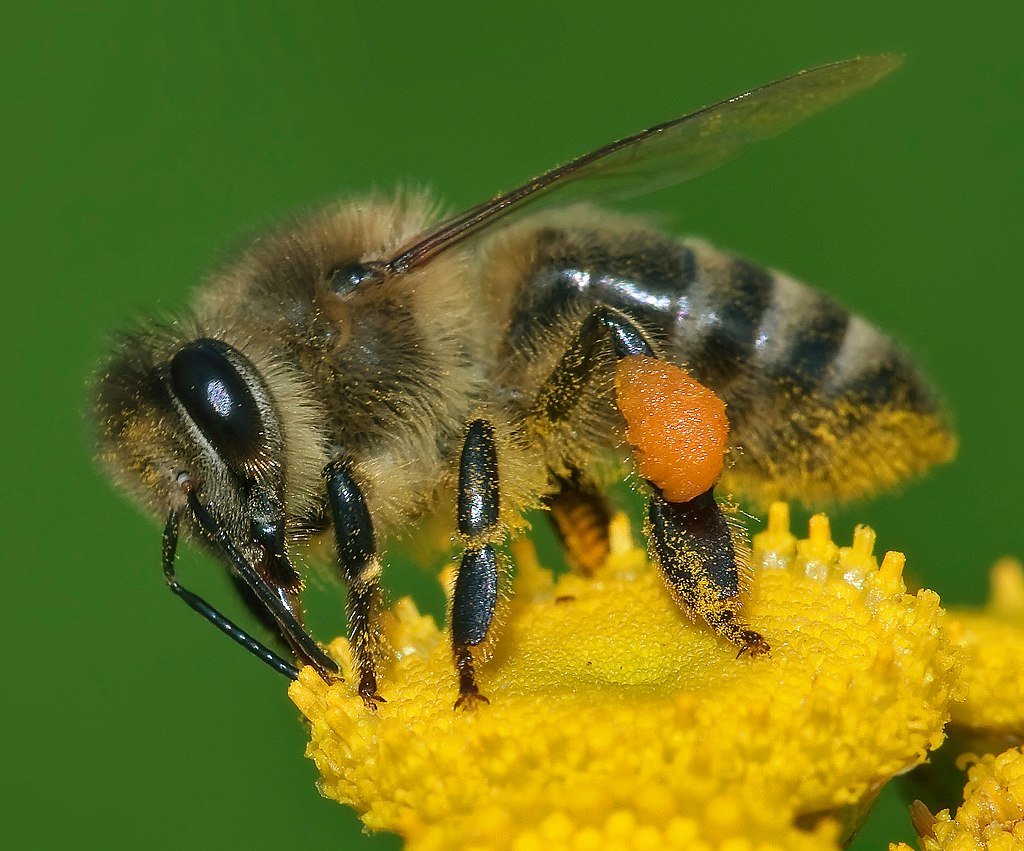A recent study led by University of Massachusetts Amherst assesses how the engineering learning to identify different types of insects by their sound. From malaria-carrying mosquitoes, grain-hungry insects to crop-pollinating bees and sap-sucking cicadas.

Listening to the insect world gives us a way to track how their populations change and thus can tell us the overall health of the environment.
The study, published in journal of Applied Ecology, suggests that machine learning and deep learning are becoming the gold standards for automated bioacoustic modeling, and that ecologists and machine learning experts can work together constructively to develop the technology's full potential.
"Insects rule the world," says Laura Figueroa, assistant professor of environmental conservation at UMass Amherst and senior author of the paper.
"Some are disease carriers and pests, while others fertilize nutritious crops and provide nutrients. They are the foundation of ecosystems around the world, providing food for animals from birds and fish to bears and humans. Everywhere we look, there are insects, but it's hard to understand how their populations are changing."
Indeed, in the age of chemical pesticides, climate change and other environmental stressors factors, insect populations are changing drastically. Some species—such as pollinators that are annually responsible for ecosystem services estimated at more than $200 billion worldwide—appear to be suffering, while others, such as mosquitoes that can carry malaria, dengue fever and other diseases, appear to be increasing.
But it's hard to get an accurate picture of how insect populations are changing.
Non-machine learning models match insect calls to specific markers that researchers define as keys to identification. The model then “listens” only to those specific keys, which have been determined by the human.
Machine learning, on the other hand, has no predefined set of indicators it uses and relies on a flexible computational framework to find relevant patterns in sounds. It then matches these patterns with the data bioacoustics in which he has been trained.
Deep learning, a specialized type of machine learning, relies on more advanced neural computing frameworks that give the model more flexibility in effectively identifying relevant bioacoustic patterns. As it turns out, models based on deep learning are much more successful. Some of the best can classify hundreds of species with greater than 90% accuracy.
https://besjournals.onlinelibrary.wiley.com/doi/10.1111/1365-2664.14630
All data and corresponding R code are publicly available in Dryad Digital Repository: https://doi.org/10.5061/dryad.hmgqnk9r1 (Kohlberg et al., 2024).





